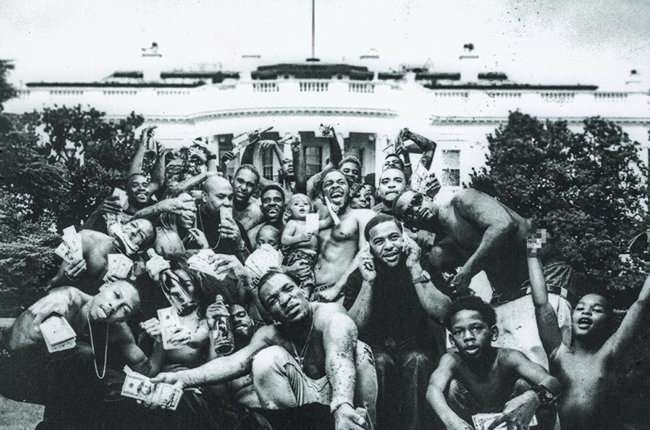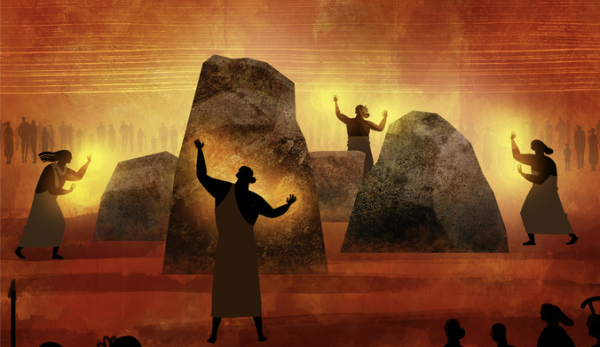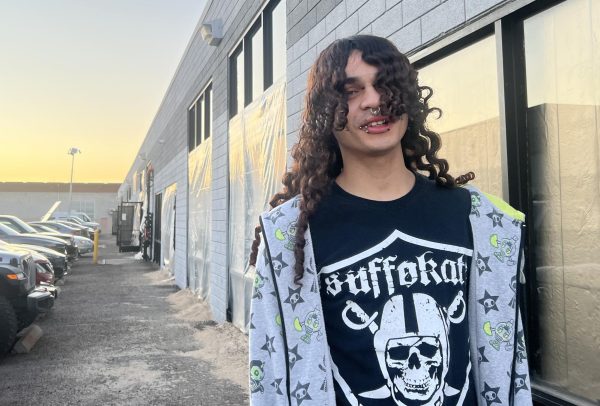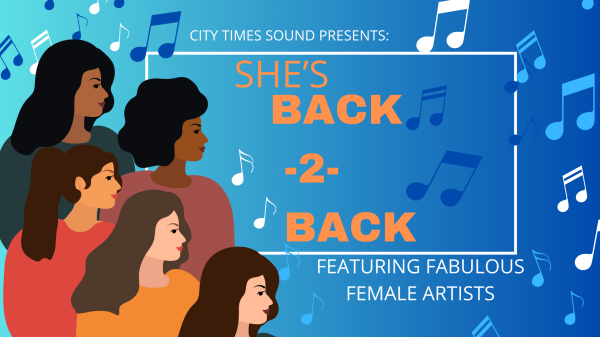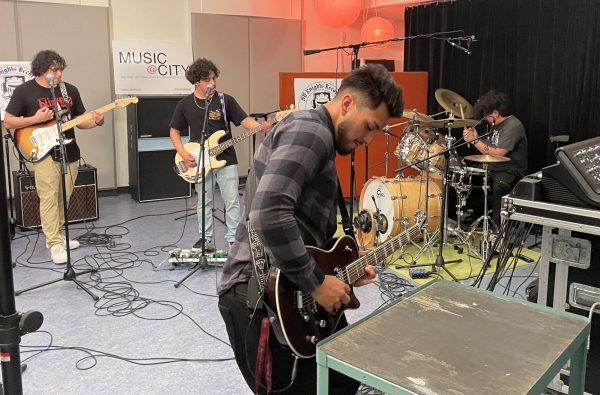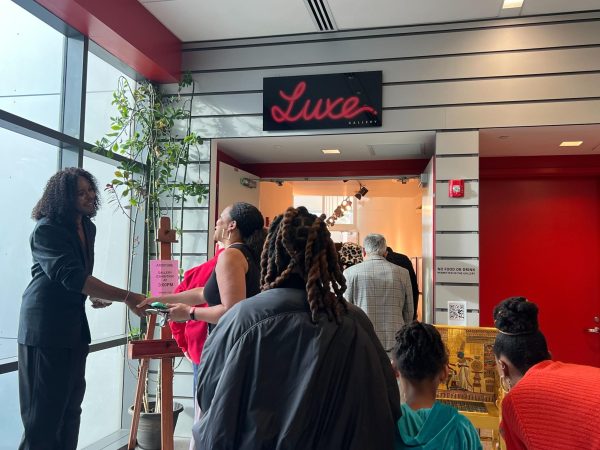Album Review: Kendrick Lamar releases a contemporary hip hop classic with ‘To Pimp a Butterfly’
April 24, 2015
“Don’t be quick to thought to instant classic … let it live a little bit,” Kendrick Lamar responds on New York’s famed hip hop radio station Hot 97, weeks after the release of his anticipated sophomore project, “To Pimp a Butterfly.” Listeners are already calling it a classic hit.
An accidental release of Kendrick Lamar’s second album leaked a week ahead of schedule on iTunes in the evening on March 15. As buzz circulated about its validity, Top Dawg Entertertainment’s chief executive, Anthony Tiffith, took to Twitter to point out his frustrations at Interscope, which made the rumors final. The highly anticipated music found a way to get to consumers before the official date like other albums such as Drake’s album “Take Care” or Jay Z’s “Blueprint 3” did in the past.
Regardless, “To Pimp a Butterfly” was here and scrutiny soon flourished. Comparing Lamar to first album success, “good kid m.A.A.d. city,” some fans couldn’t understand its unconventional approach of hip hop.
The production contains a heavier traditional jazz influence, as usual contributors Sounwave and Terrace Martin blend among new faces, such as Flying Lotus, Thundercat, Knxwledge and Whoarei. Listeners were thrown the curveball when the first single “I,” dropped last September, carrying a message of self love. Questions of Lamar’s direction arose.
With new fusion and hybrids of hip hop emerging anew, Lamar’s approach could seem too close to the roots of where hip hop originated when it comes to the lyrical message or far from typical concepts.
Fans knew from further examination when Lamar spoke out on Twitter, something he normally doesn’t do. Subtlety making it known he was aware of the glitch, saying, “Keep Calm. All is well.” Instead Lamar stayed optimistic towards the accidental release of “To Pimp a Butterfly,” knowing that the music would speak for itself.
Lamar, known for his unpredictable rap tone and insightful metaphors, “To Pimp a Butterfly,” embodies layers of messages. A play of ideas are said to stem from the novel “To Kill a Mockingbird” and throughout it Lamar speaks about his ongoing struggles with fame, the record industry and his hometown of Compton.
The personification of the butterfly begins from its journey as a caterpillar. Where Lamar reveals snippets of the caterpillar’s evolution throughout the album with various layers of poetic raps and meaning — the caterpillar and butterfly, in fact, is Lamar himself.
The album begins to unveil the reason behind the “pimp” of the butterfly in “Wesley’s Theory,” which features funk god George Clinton, and Thundercat. The song title is based on actor Wesley Snipes, who served a three-year jail sentence for tax fraud. Lamar mingles with the theory of how black artists like Snipes are pimped by the entertainment industry. While fame can benefit with more money through one’s talent, the cost in spending in luxurious form ends with Uncle Sam.
As the album unfolds, concepts about the travel of the caterpillar are reiterated. As Lamar compares himself as the a “peasant, to a prince, to a motherf***ing king,” in the album’s third single “King Kunta.” Coming from the streets of Compton and rising to hip-hop’s elite, this stage foreshadows, from Lamar as a lone caterpillar blooming into wings of a butterfly.
Songs like “Institutionalized,” “These Walls,” and “U” exemplifies the cocoon stage, where realizing changes are to come, there is a constant internal battle that fights itself and outside influences. “U” is a manic twist of inner struggle with the album’s first look at Lamar’s own depression. The song breaks into Lamar being stuck in a hotel room, and full of self-loathing and insecurities.
The turning points of the album takes course in the song “Alright,” produced by Pharrell Williams and Sounwave, where Lamar seeks refuge in his negative internal thoughts.
“Momma,” produced by Knxwledge and Taz Arnold, channels a rebirth in Lamar. “Momma” represents either Compton or his roots in Africa, with both giving optimism a right of way, and lyrically being accompanied by the more upbeat grooves of the entire album.
The surprise comes in the final track, “Mortal Man,” as Lamar goes back in forth asking questions to one of his greatest influences in Tupac Shakur. Lamar reflects back on his ongoing concerns he tells in the album and wonders what Shakur has to say.
The final verse reads like a poem and has Lamar reciting words from a good friend writing how he envisions Lamar’s world.
“Wings begin to emerge, breaking the cycle of feeling stagnant. Finally free, the butterfly sheds light on situations that the caterpillar never considered, ending the internal struggle. Although the butterfly and caterpillar are completely different, they are one and the same.”
This is where the story about the caterpillar ends and the exploration of the butterfly truly begins.


